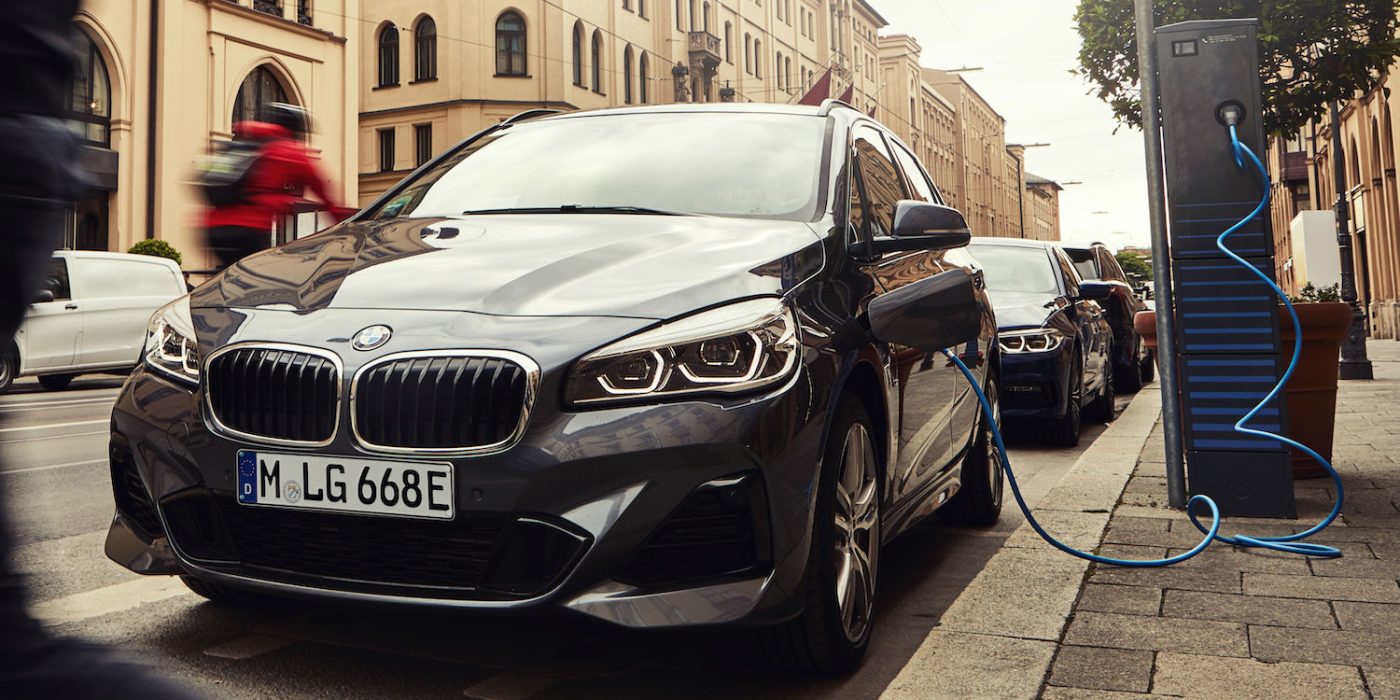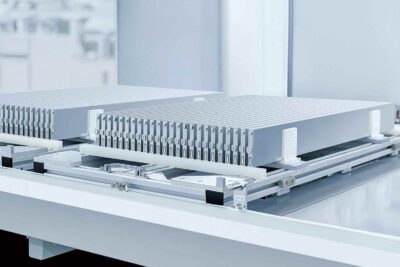BMW 225xe PHEV gets a better battery
Following the BMW 530e, the BMW 225xe Active Tourer is now also available with the latest battery cell technology upgrade. The new battery increases the electric range of the BMW 225xe Active Tourer by more than 25 per cent to up to 53 kilometres.
BMW now states the combined consumption at 1.7 to 1.9 litres per 100 kilometres or 18.5 to 20.1 kWh in electric mode. The electric range is between 50 and 53 kilometres, depending on the equipment. These are all WLTP values. BMW also states in the communication ranges and consumption calculated back to the NEDC, which is why there is sometimes talk of a range of up to 57 kilometres.
The core of the modified drive is the battery, which contains cells of the “latest generation” – presumably the same cells as in the BMW 530e, which also recently received a battery update. This increases the gross capacity of the high-voltage accumulator from 7.7 kWh to 10.0 kWh for the same dimensions, while BMW indicates a net usable capacity of 8.8 kWh. The charging time with the standard household plug is five hours, at a wall box or AC charging station (and the type 2 charging cable not included) the battery is full after 3:15 hours.
Nothing has changed in the arrangement of the hybrid components: The battery is still installed under the rear bench seat and thus does not influence the trunk volume (400 to 1,350 litres), the charging connection is still behind the front wheel on the driver’s side.
The BMW 225xe Active Tourer (like its sister model Mini Countryman Cooper S E) is one of the few PHEVs to feature a transaxle hybrid: the 1.5-litre three-cylinder petrol engine with 100 kW exclusively powers the front wheels, while the electric drive (65 kW) installed in the rear of the vehicle only powers the rear wheels. This results in a “hybrid-specific all-wheel drive” – sometimes only the front axle is driven, sometimes only the rear axle. According to BMW, if both axles are powered simultaneously, the power can be distributed between the axles for optimum traction (especially in bad weather or road conditions).
When the driver calls off the 165 kW system power, they can accelerate from a standstill to 100 km/h in 6.7 seconds or further up to a maximum speed of 202 km/h. The system is equipped with an integrated brake system, which enables the driver to accelerate from a standstill to 100 km/h or up to a maximum speed of 202 km/h. In electric mode, the 225x can accelerate up to 130 km/h. While VW has deleted the drive mode for saving the battery level in the facelift of their Passat GTE, BMW continues to offer the “save battery” mode. This is also better because from 2020 onwards, the so-called “eDrive Zones” will be part of BMW’s standard equipment for plug-in hybrids.
A standard onboard feature is an AVAS that uses a special sound to draw the attention of other road users to the car when driving electrically at speeds of less than 30 km/h. A stationary air conditioning system, which also allows pre-conditioning of the interior via an app, is also part of the standard equipment.
Since the environmental benefits of PHEV have repeatedly been questioned in public (most recently by Stephan Kühn, a Green transport politician), BMW has had a certified CO2 certificate issued for the hybrid version of the 2 Series for the entire cycle from raw material procurement, supply chain, production and use phase to recycling. The result: when charging with European “average electricity”, the 2-series PHEV emits 33 per cent less CO2 than the 225xi with petrol and 24 per cent less than the diesel 220xd during the service life phase – with green electricity, the savings increase to 56 and 50 per cent respectively. For this to translate in reality, drivers need to do their part and charge their PHEV as often as possible.
The base price for the 225xe Active Tourer is quoted by BMW at 39,650 euros.





2 Comments